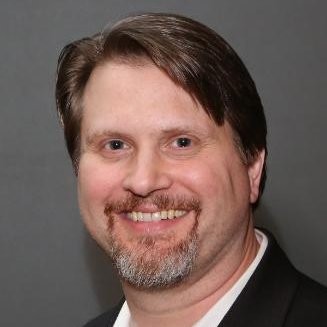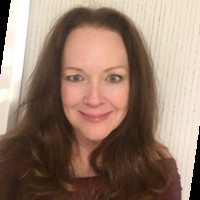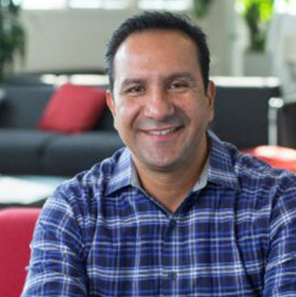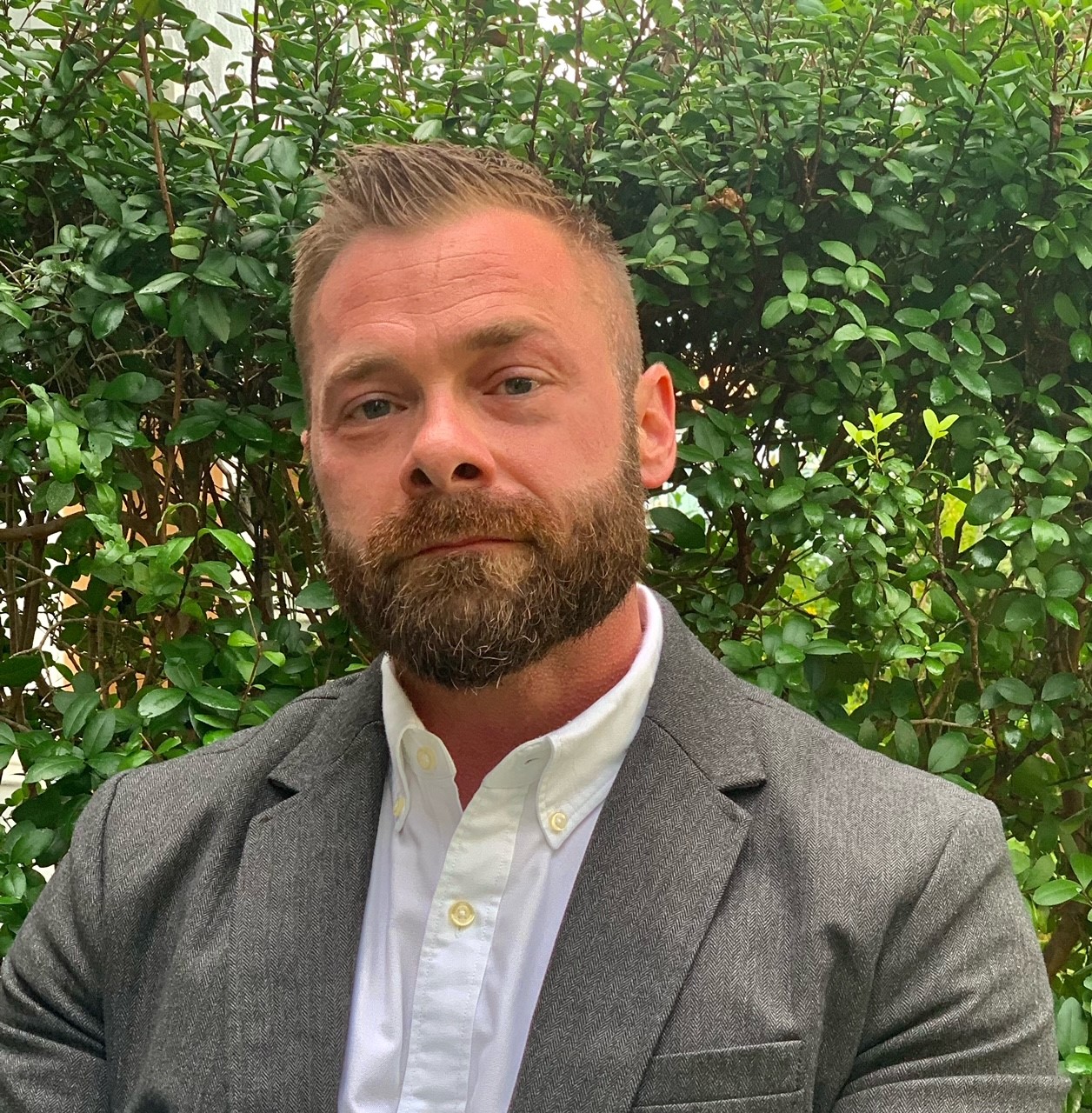Shawnna Sumaoang: Hi, and welcome to the Sales Enablement PRO podcast. Sales enablement is a constantly evolving space, and we are here to help professionals stay up to date on the latest trends and best practices so they can be more effective in their jobs.
Today, we’re thrilled to bring you our 100th episode. Over the past year and a half, we’ve had the pleasure of learning from sales enablement leaders across the globe as they’ve shared expert insights for our listeners to put into action. To mark the occasion, we’re going to take a look back at where sales enablement has been, where it is today, and what the future holds with highlights from some of our experts.
Let’s start at the beginning, with observations about the early days of sales enablement as a formal discipline.
Paul Butterfield: If you go back to the early days of sales enablement, or maybe even pre-sales enablement, in my experience and having led sales teams for some time, it was really on the managers to figure it out. And I think that as sales enablement came on and got better and grew and people understood what it was, I’ve seen that there’s been almost a shift too much in that direction where frontline management now is stepping away and being too hands-off, and counting on the sales enablement teams to ramp up and develop their reps. I think that that pendulum is coming back in the middle. At least in my own personal experience, it’s now coming back to center a bit where frontline management realizes they ultimately have to own this. They own the number, right? We can’t do that for them. And we’re able to have more balanced partnerships.
Vanessa Metcalf: At the time I had stepped into the role where it was, you know, maybe six months old, the function, so there was a lot of work to be done. At the time I would say a lot of my stakeholders, which is often frontline leaders, saw a lot of enablement programs as kind of periphery, like enablement was this nice to have thing, but when it came down to actually doing the work, sometimes that was the tough part because it could end up taking a ton of time. You kind of think about it as like the athletic trainer that makes people do things that they might not want to do, but are good for them. For me, I was pretty sold and passionate about enablement as a field and bringing that to Top Hat. I knew it was going to help us grow and succeed as an organization and lead to better retention and win rates and all that good stuff. But I needed to make sure that everyone else felt that way, too.
Christopher Kingman: I think enablement hasn’t fully emerged with its own voice, its own stance. It draws upon so many sales-related disciplines that I think people are gravitating towards it. I think there’s a general feeling of knowing they need this thing but not necessarily knowing how or what aspect they need. But I think the necessity and the visibility is only going to increase.
Pam Dake: Sales enablement is becoming more and more ever-present, and more and more you hear companies establishing formal sales enablement programs. Honestly, the reason behind that is because sales enablement has started to get traction. Companies are able to prove via a lot of the ways that we had talked about a little bit earlier in our time together, with how you measure what you’re doing from a sales enablement function. And the challenges that really exist when companies bring on a new team – or one person even as you get started to focus on sales enablement – is first and foremost defining what truly is and isn’t sales enablement.
Jen Spencer: It used to be that a lot of information was secret and hidden from customers, then sales would reveal it. That’s just not the case anymore. So, now what are we doing to allow sales reps to meet the customer where he or she is and then actually help move them forward in the process. I think that’s where a lot of the needs around sales enablement are coming from. That and, especially in the technology space, when you are selling a really complex product or service, there is an increased need for sales enablement material for sales teams and marketing teams to help buyers get the right information that makes sense to them.
Imogen McCourt: I think that we seem to care about each other. Everybody I’ve come across is very collaborative and there seems to be less focus on this idea of where do you report, or where do you come from. I touched on it. Did you come from HR, did you come from finance, did you come from ops? I think we’re starting to focus less on where we came from and more about what we are trying to achieve. I also think in my experience, sales enablement is less – well perhaps this is not fair – but it is moving away from just being the VP of broken things. We’re starting to be more about the VP of “can we get some stuff fixed”, or get it done, and we’re starting to have the right to say no to people within an organization. We’re defined enough to say, “no, that is not our remit now.” This is what and how we are delivering value, and this is why I’m saying no to, for now anyway. I think there are some really strong frameworks, there are fantastic proof points, and frankly, we’ve become a market. There is technology now designed to sell into us. That means that we have a budget in a way that we didn’t have before. As soon as you get interesting for vendors, you know that you’re an organization or a movement that is interesting beyond just what people are trying to do internally at their companies.
Edwin Castillo: I think sales enablement, when you think about some of the practical tangible tasks that sales enablement has been made responsible for, it’s mostly around training. It’s around training on messaging, training on product, helping new hires learn how to sell that company’s products and solutions. Where I think sales enablement is going is more around deal coaching –deal coaching and partnering more closely with HR and with marketing.
SS: As sales enablement has grown up, what does it look like in organizations today? Let’s hear what our experts have to say.
John Dougan: We moved to a function that no longer is just concerned with the knowledge and skills that are required by our sellers, but moreover, the environment that they exist in, the processes, tools, methodologies that they use. And then also the bit that probably excites me the greatest: the motivation side, so, the sentiment, feeling, and emotions that are part of the everyday lives of sellers.
Marcela Piñeros: I would say that it is much more data-driven than it has been. Up until now, it has been very reactive. I think that it’s much more around maximizing your tech stack so that any face-to-face content that you have is going to deliver the highest impact to the business so that with resource-strained organizations, you’re really putting those people in the right places. I think that it’s about measuring what matters, figuring out what programs you can build around skills and behaviors that you can baseline so that when you’re executing those programs you can come back to those metrics and track changes in those metrics. I think that’s where we’re headed. That said, it’s easier said than done. There’s a lot of focus and a lot of conversations around metrics, but you know, it’s a hard nut to crack.
Sharon Little: I think we’re in a situation now where leaders, CEOs, heads of sales organizations really understand the value and the strategic impact that sales enablement can make. While most of us who work with sales understand that pain is a huge driver for many decisions including buying decisions and org structure decisions and where you invest your money internally within your company, I think that now sales enablement has almost become an aspirational type of investment. Most often when I talk to sales leaders, what their dream is, when it comes to having a world-class sales enablement team, is to have that be the impetus for creating a best-in-class sales organization overall and a selling team that has a reputation in the market of being the very best. So, I think we’ve come a really long way in the last couple of years.
Nicola Bain: For successful sales enablement function, for me, it’s about working with key stakeholders across the business, across the sales organization – product management or marketing. Sometimes that goes into the research and development area as well. It’s about alignment with the business. It’s about agreeing what the priorities and the initiatives are and then executing on those. It’s not doing anything in isolation, it’s absolutely hand-in-glove working with the business.
Patrick Merritt: Fundamentally for me, I boil sales enablement down to one thing and that is changing sales behaviors. If you don’t change sales behaviors, then you don’t get different outcomes. And so that’s what sales enablement is all about. How do we guide and change and shift the selling behaviors of the organization? How do we guide and change and shift the sales behaviors of the individual sales reps? Because that’s when you make an impact and that’s when you make a difference.
Katherine Dolphin: I think increasingly buyers want a shorter sale cycle and just better experience in general. I think to evolve with that, sales enablement needs to double down on its efforts on educating reps around the buyer’s journey. But I would also caution against creating too much noise for your reps to break through. So, I think really tailoring your sales enablement strategies to provide a lot more specific plays and guided selling around things like deal velocity is how we’ll really be able to make an impact on our sellers going forward.
SS: No one has a crystal ball, but it is safe to say that sales enablement will continue to evolve in the years to come. Now, our experts share their insights into what that evolution might look like.
Daniel Haden: I think what we’re going to see, like we are generally in society, is that people now that are successful are the ones that know how to access information, not necessarily the ones that always know the information, because information is changing quicker and quicker every single day, and you’ve got to be able to access that and remain on top of it. Because to be honest, by the time you learn it all, it’ll probably be all be out of date. So, the future of sales enablement for me is all around tools and access to knowledge, and I think we’re going to see much larger sales pitches and much larger stakeholder meetings as we go forward, because that’s what’s going to be much more powerful and impactful for any clients or prospects that we work with.
Julie Zhang: The more specific we can get and also the more personalized we can get, because information is so available and so free in so many ways, people are expecting the experience that they get from a vendor or for any company they’re in business with to be personalized to them and to cater to their needs. I think it’s evolving the sales enablement process to be more personal. The only way we do that is to find the nuances and the niches that every sales associate and every sales territory has and be able to create custom visualization just for them to be able to understand how to prioritize the communications we give just to them. So, we’re constantly struggling with, “okay, what is scalable and what degree of customization can we still make within that scalability?”
Matt Bills: I see sales enablement really stepping into larger roles, in creating seller systems. If you’ve been on a Forrester [and] seen some industry information that continues to evolve around the sales enablement function growing, I think one of the big trends is how do we have sales enablement professionals be more involved in building the systems that our salespeople use within the organization. And that obviously goes beyond CRM. And when you step back and think about it, it really makes perfect sense. There’s no one better, I believe, in the organization that’s able to understand both the technology business requirement side of the company, as well as the salespeople ‘what do we need in order to be successful’ side of the company and be able to marry the two together in order to take a much larger ownership role, and how do we bring those systems to life? How do we build and integrate those systems across the company?
I think that’s a major leap for some sales enablement departments within organizations is, how do we step into this world where now we’re running projects, where we have IT, we have sales, but the ownership of all of those initiatives is really led by us and our organization. I think that also gives a continued effort around sales enablement becoming larger and more what I’ll say is senior-level roles within the organization, because we have such a wide-ranging scope within the company. And I think that that just means there are more and more opportunities for sales enablement professionals as we continue to open up new doors into areas within organizations that we’re able to help and lead projects.
Rebecca Bell: I think what is obvious is that we are moving to a much more virtual world, even on a semi-temporary basis. Practices that we’ve relied on – face-to-face events, kickoffs, trainings – those things don’t happen anymore in that same format. So, enablement people need to become increasingly adept at using technology that they have at their fingertips. We need to be able to deliver things in a virtual fashion. And those are harder to do. It’s wonderful when you’ve got people in an event and you’re able to deliver wonderful impact on the main stage and entertain people and have guest speakers come in and wow people with wonderful video and fantastic hospitality. But when someone’s sitting behind their laptop as I am now, how do you keep people engaged? It’s really hard.
So, I think the things I would say would be, we’re moving to a virtual world. Be prepared that virtual is probably going to be the primary media, at least for a few months. The second thing is the use of the technology, therefore, in order to create experiences. And then the third thing would be creativity creates those experiences. So, enablement people need to think really, really hard and try really, really hard to deliver that impact. And that means amplifying everything.
Kristen McCrae McMullan: I think that metrics are going to become a core responsibility and part of sales enablement. When a company is looking to hire a sales enablement professional, being data-driven is going to be a must-have. And quantifying your impact is going to be an absolute ultimatum. I think it is so critical that we start to focus on those success metrics that tie to those core KPIs, and enablement is going to be part of that. When I talked about those shared KPIs earlier, enablement is going to get a seat at the table, but enablement is going to be responsible for showing here’s what I did that helped impact that core KPI.
Helen Cummins: Every company will ultimately align to a model that they think is right for their business. While it’s early to predict exactly how sales enablement will evolve, I think that it will be key to continue capitalizing on building and strengthening skills moving forward. We’ll want to cultivate a culture of resilience and of lifetime learning. By capturing what works and what doesn’t work now, we put ourselves in a position to apply these lessons during disruptive events in the future. If there is anything that has been proven during this time, it’s the need to be flexible and to adapt quickly. To be ready for what we can’t see around the corner. This is where Sales Enablement 2.0 can help lead the way.
Sheevaun Thatcher: From a corporate perspective, imagine that you can take all of the programs that you’ve done with enablement that are being effective and really helping your sellers and make everybody in the company an enabled seller. You’ll get unity. You get consistency. You build that culture of learning through the whole company. You can create raving promoters of not only the programs, but the company as well. Productivity goes up, attrition goes down. So, there’s no reason why the programs we run for sellers can’t be modified and use that same approach that we use for the whole organization. Because when your whole organization is a seller, then everybody says the same thing, and as you said, productivity goes up and attrition goes down.
SS: Thanks for joining us for 100 episodes of the Sales Enablement PRO Podcast. We look forward to sharing another 100 with you.
For more insights, tips, and expertise from sales enablement leaders, visit salesenablement.pro. If there is something you would like to share or a topic you want to know more about, let us know. We would love to hear from you.

























